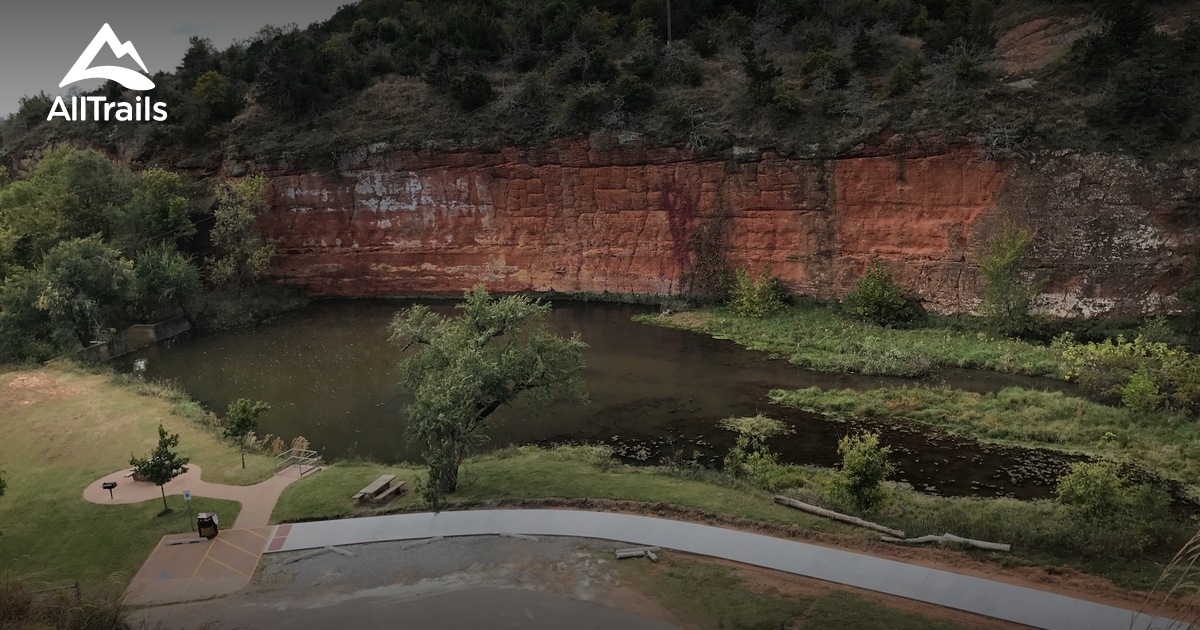
They conclude that the warmth and moisture of the canyon floor contribute to their growth. They are more prevalent 175 miles west of the canyon. Scientists say it is unusual to find sugar maples (Caddo maples) in this part of the country. Students from Tulsa and Oklahoma Universities converge on the park because of the 32 varieties of trees that grow in the canyon. Rappelling down the steep canyon walls is a year round sport at the park. The park has four comfort stations with showers, 100 picnic tables, 90 outdoor grills, five picnic shelters, two sanitary dumps, a swimming pool, three playgrounds, swings and a volleyball court.Ī hiking trail meanders up the canyon walls along the rim and down onto the canyon floor. Today, travelers enjoy the comforts of 114 RV campsites, five of them modern (electricity and sewage) and 190 semi-modern (electricity only). The canyon and Rock Mary, four miles west of Hinton, were natural landmarks for the gold seekers of 1849 as they rushed to California. There always was water and good grazing land for their livestock. It was a favorite stop for the wagon trains on their way from Fort Smith, Ark., to California.

The park superintendent's records show visitors from Russia, England, Hawaii, Alaska and many other points of the compass have stopped at this recreation facility.īecause of its unusual topography, they inquire about its history.īack home they tell their friends about their visit to a red rock canyon, in Oklahoma, that was cut out of the prairie and was on the route of the old California Road. 281 in Caddo County, it is a favorite recreation area for many Oklahomans and tourists traveling on the Interstate. Located five miles south of I-40 and one-half mile south of Hinton on U.S. Red Rock Canyon State Park, in southwestern Oklahoma, is almost a hidden valley surrounded by rolling plains and farmland.


 0 kommentar(er)
0 kommentar(er)
